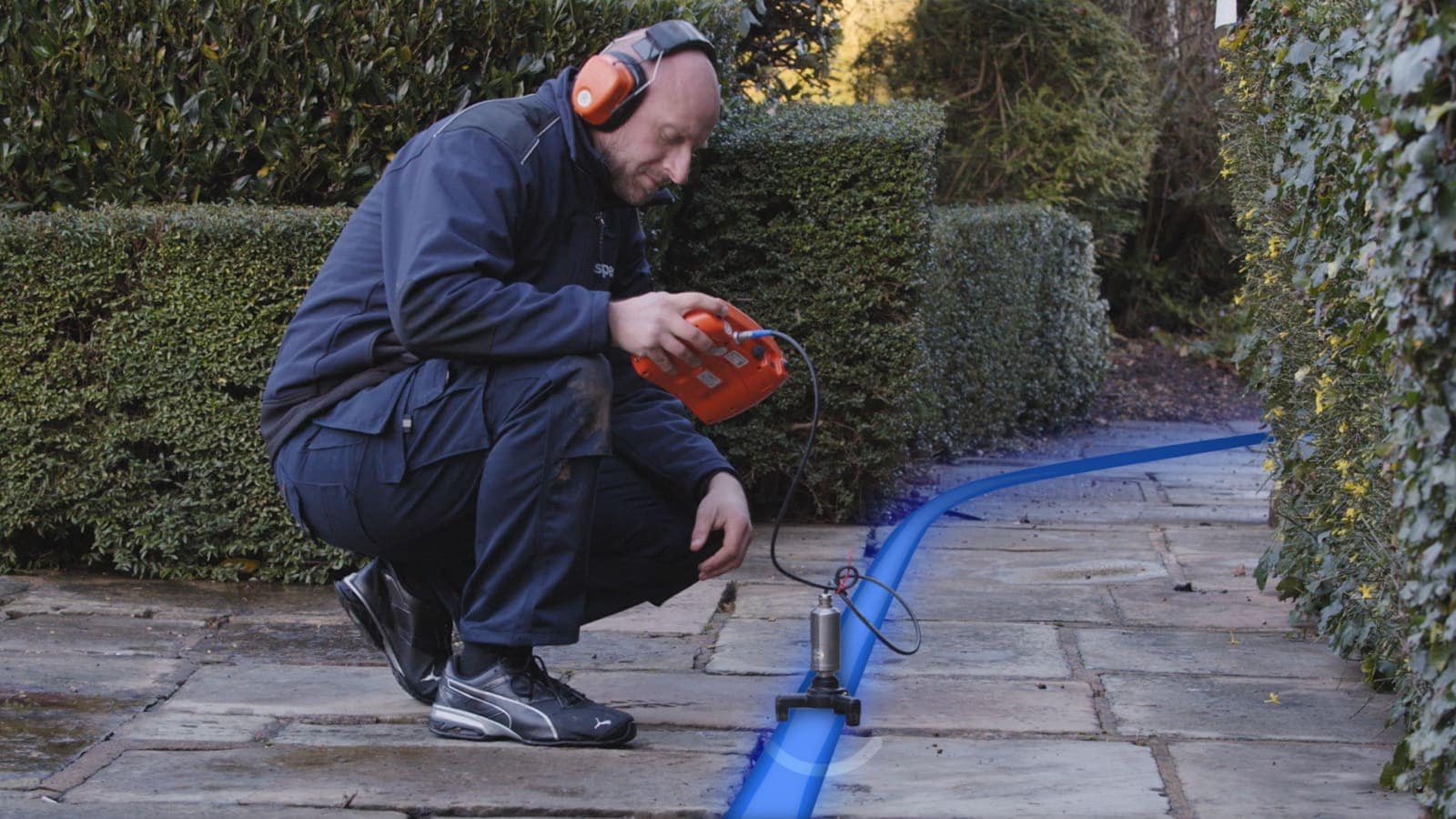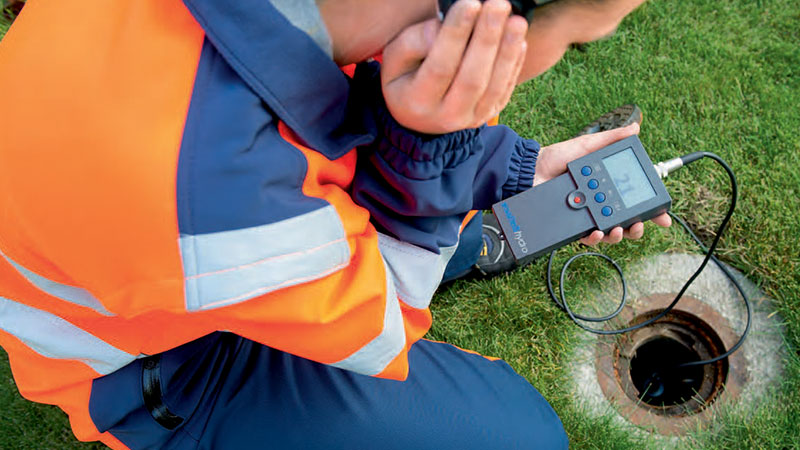The Relevance of Routine Water Leak Detection for Long-Term Home Defense
The Relevance of Routine Water Leak Detection for Long-Term Home Defense
Blog Article
Cutting-edge Solutions for Early Discovery of Water Leakages in Structures and Infrastructure
From cutting-edge leak discovery innovations to the implementation of IoT sensing units for real-time surveillance, the landscape of leakage avoidance is developing quickly. Automated water flow evaluation systems are reshaping how leakages are determined and resolved, paving the way for a positive strategy to water leak discovery.
Advanced Leak Detection Technologies
Advanced leak discovery technologies, geared up with cutting-edge sensors and algorithms, play a crucial role in quickly recognizing and determining water leakages in different setups. Electromagnetic sensors can recognize adjustments in electromagnetic fields caused by water, using yet one more layer of leak detection capacity.

IoT Sensors for Real-Time Monitoring
In the world of contemporary water leak discovery, the combination of IoT sensing units for real-time tracking represents a pivotal innovation in enhancing positive leak detection capacities. These sensors supply continual monitoring of water systems, providing real-time information on water circulation rates, stress variations, and temperature level modifications. By leveraging IoT technology, these sensing units can find also the smallest anomalies in water use patterns, making it possible for very early recognition of potential leakages before they rise right into major issues.
IoT sensors transfer information to a centralized system, where advanced algorithms assess the details and produce notifies or notifications when irregularities are discovered. This real-time tracking ability enables building proprietors or center managers to immediately resolve leaks, decreasing water damages, reducing repair service prices, and saving water resources.
Additionally, IoT sensors can be integrated with structure monitoring systems, permitting computerized responses to spotted leaks, such as turning off water valves or triggering pumps to reduce the effect of leaks. Overall, the implementation of IoT sensing units for real-time monitoring significantly improves the effectiveness and effectiveness of water leak detection in structures and facilities.
Artificial Intelligence Algorithms for Leakage Forecast

One trick advantage of making use of artificial intelligence for leakage forecast is its capacity to continually learn and enhance its precision over time. As even more data is accumulated and fed into the algorithm, it can improve its forecasts and adjust to changing problems, inevitably boosting the dependability of leakage detection systems.
Furthermore, artificial intelligence formulas can assist in identifying subtle indications of leaks that might go unnoticed by typical monitoring approaches. water leak detection. By analyzing complex data embed in real-time, these formulas can offer he said very early cautions and notifies, allowing for timely intervention and preventative upkeep to minimize prospective water damage and associated expenses
Utilizing Thermal Imaging for Leakage Detection
Thermal imaging innovation uses an encouraging strategy for detecting water leaks in numerous systems and frameworks. By making use of infrared radiation and temperature differences, thermal imaging electronic cameras can determine concealed leaks that are not quickly noticeable to the nude eye. When water gets away from pipes or frameworks, it commonly changes the temperature of the surrounding location, producing temperature differentials that thermal electronic cameras can capture. These temperature irregularities are after that translated into visible pictures, highlighting the precise place of the leakage.
One of the key advantages of thermal imaging for leak detection is its non-intrusive nature. Unlike conventional techniques that may call for getting into walls or floors to locate leaks, thermal imaging permits non-destructive testing. This not just conserves time and minimizes costs but likewise minimizes disruption to the structure or infrastructure her latest blog being examined. Furthermore, thermal imaging can quickly check large locations, supplying a thorough review of potential leakage sources in a prompt fashion. On the whole, making use of thermal imaging innovation boosts the efficiency and precision of water leakage discovery, making it a valuable device for preserving the honesty of structures and infrastructures.
Automated Water Circulation Analysis Systems
How can computerized water flow evaluation systems revolutionize the discovery and management of leaks in various systems and frameworks? Automated water flow analysis systems use an aggressive strategy to leakage discovery by continually keeping track of water circulation rates and patterns. By establishing standard data, these systems can quickly determine variances that may show a leak, enabling timely intervention to protect against comprehensive damage.
These systems use sophisticated formulas to analyze real-time information and provide directory instant signals when anomalies are identified, enabling for speedy activity to be taken. Furthermore, automatic water circulation analysis systems can be incorporated with building administration systems or IoT platforms, improving overall effectiveness and enabling remote monitoring capacities.
Furthermore, the information accumulated by these systems can be utilized for anticipating upkeep purposes, helping to recognize potential weak points in the infrastructure prior to leakages occur. On the whole, the implementation of computerized water flow evaluation systems can dramatically boost leakage discovery and monitoring techniques, eventually leading to cost savings, reduced water wastefulness, and raised sustainability in buildings and facilities.

Verdict
To conclude, the assimilation of sophisticated leakage detection innovations, IoT sensing units, machine learning algorithms, thermal imaging, and automatic water circulation analysis systems provides innovative services for very early discovery of water leaks in buildings and facilities. These modern technologies enable real-time surveillance, prediction of leakages, and effective discovery techniques to stop water damage and wastage. Executing these services can aid in maintaining the integrity and sustainability of water systems in different settings.
Report this page